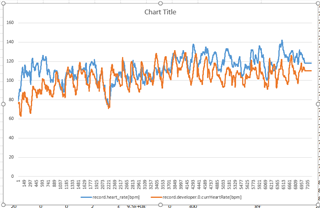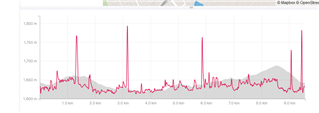I dont get it. Am I the only one seeing the wrong measurements of the optical HR-sensors of all watches?
Simply shake your hand for a while and ask yourself, might this reported heart-frequency be accurate?
Or do something like pushups (where your actual HR rises very fast but your wrist doesnt move that much)... isnt the reported heart-rate way too low?
The only situation where the watches report a near accurate measurement is during very smooth runs / walks. If one has another fitness-watch available or some other form of HR-measurment (like Chest-strap), the deviation will be visible, and can be up to 200%, depending on the activity.
this "feature" is intentional, but there is no logical reason, why the devs of garmin shall couple the arm-movement to the heart-rate measurement. Or is there?
btw: I have tested every single model on the market currently available and for some of them I've tested multiple devices, just to be shure.




